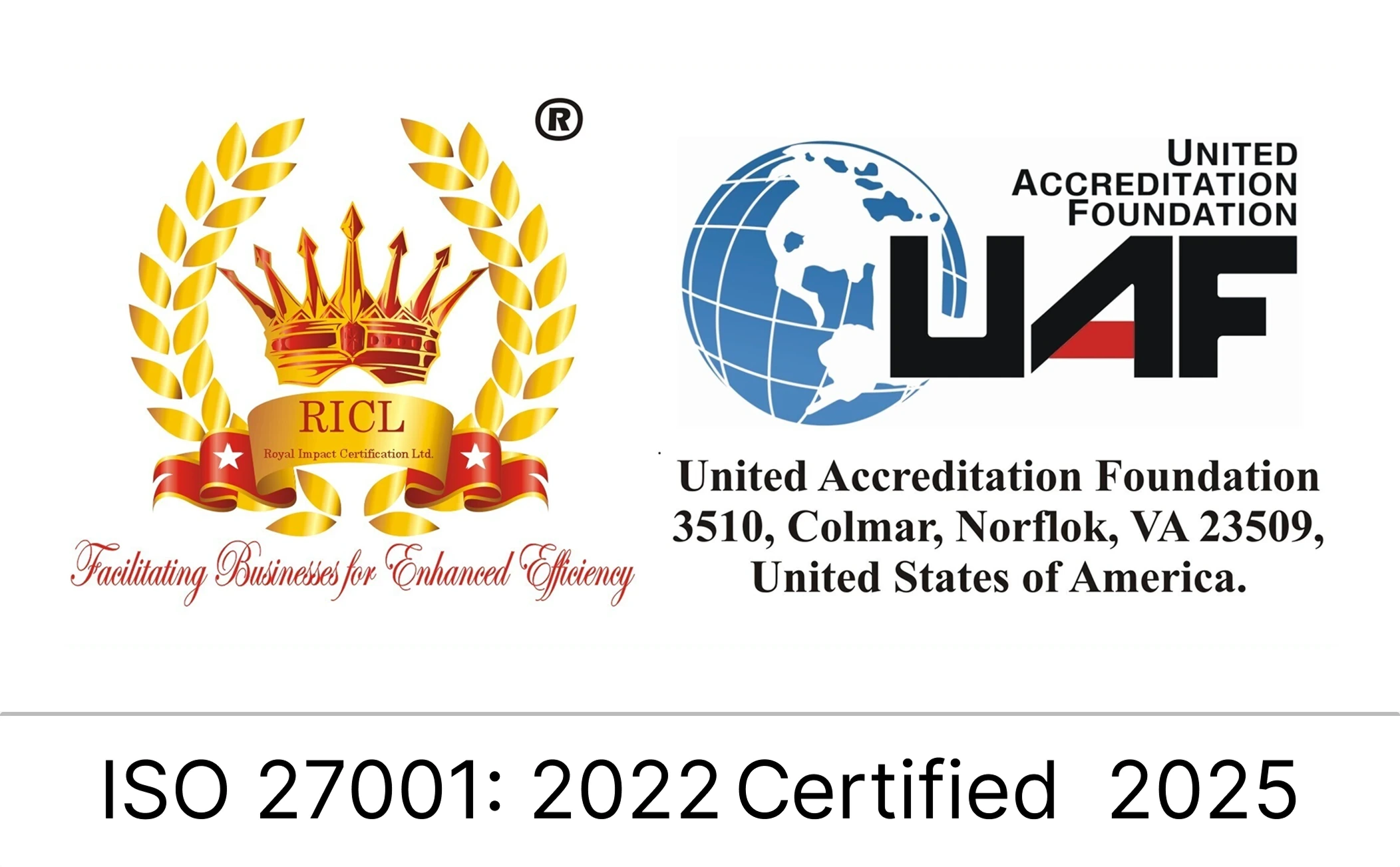Top 6 Ways to Automate Your Security Design Reviews Today

Security design reviews are foundational to building defensible systems. But too often, they’re informal, slow, or disconnected from how engineering actually works. In a modern engineering environment (where infrastructure is codified, systems are distributed, and deployments happen daily), you can’t rely on tribal knowledge or manually scheduled meetings to catch risks. You need automation. And you need it wired into how your teams already operate.
A well-structured automation strategy transforms security design reviews from a checkbox into an integrated part of software delivery. It flags gaps earlier, eliminates review bottlenecks, and improves decision quality by grounding reviews in system context. But getting it right requires more than just plugging in a tool. You need to focus on six areas where automation delivers real leverage. Each area is practical to implement and contributes to a tighter and more scalable design review process.
Table of Contents
- Threat modeling that works with your architecture
- Policy-as-Code for infrastructure designs
- Real evidence instead of static questionnaires
- Code-aware design reviews with SAST and SCA
- Workflow automation for security reviews
- Feedback loops to keep rules current
- Where to start
Threat modeling that works with your architecture
Most teams don’t skip threat modeling because they don’t care. They skip it because it’s time-consuming, inconsistent, and disconnected from development tools. Whiteboard sessions are great, but they don’t scale. Instead, you can automate threat discovery by extracting it directly from your architecture diagrams and system metadata.
Tools like SecurityReview.ai take system architecture inputs (whether that’s C4 models, UML, or internal component maps) and apply known threat libraries to generate threat models. Tools like this identify potential misconfigurations, missing controls, and architectural weaknesses by comparing your inputs against predefined rules. This turns what used to be an hours-long meeting into a repeatable process triggered by a new architecture submission.
You still need human oversight for prioritization and nuanced risks. But 80% of common design issues, like exposed services, unvalidated input paths, or insecure storage, can be caught automatically.
Implementation details:
- Feed your architecture data into SecurityReview.ai (exported diagrams, structured JSON, or API integrations)
- Define threat modeling templates for common patterns (e.g., service-to-service auth, public API boundaries)
- Integrate outputs into your ticketing system so risks become part of delivery, not a separate process
Policy-as-Code for infrastructure designs
Design reviews often fall apart at the infrastructure layer. Even if a system is architecturally sound, the actual implementation via IaC (Infrastructure as Code) can introduce risk. To close this gap, you need to codify your security expectations as testable rules.
With tools like Checkov, OPA, or Regula, you can scan Terraform, CloudFormation, or Kubernetes manifests for insecure defaults, privilege escalations, or policy violations. These tools are easy to integrate into CI/CD pipelines and can enforce your design requirements at every pull request.
Implementation details:
- Write rules that reflect your organizational security posture. Examples: No public S3 buckets. All RDS instances must be encrypted
- Add pre-merge checks to scan for violations. Flag them or block based on severity
- Track policy violations over time to identify systemic design problems
Real evidence instead of static questionnaires
Many design reviews rely on questionnaires filled out by system owners. The problem is those answers often go stale, and no one validates them against real configuration data. Instead of asking if this data is encrypted, you can pull evidence directly from cloud accounts or telemetry.
Platforms like Vanta integrate with cloud providers, ticketing systems, and CI tools to answer compliance and design questions automatically. They don’t replace good judgment, but they make it easier to confirm facts before a review even begins.
Implementation details:
- Define your design review baseline (e.g., authentication method, data classification, integration boundaries)
- Connect Vanta to your cloud environment and repos to fetch real-time evidence
- Assign any unverified items to engineering leads as part of the design sign-off process
Code-aware design reviews with SAST and SCA
Your design is only as good as its implementation. If your architecture assumes access boundaries or secure libraries, you need to verify those decisions as code is written. That’s where static analysis and dependency scanning fit in.
Tools like SonarQube, Qodana, and OWASP Dependency-Check run early in your build pipeline and catch issues that undermine the intended design, like libraries with known vulnerabilities, hardcoded secrets, or insufficient validation logic.
Implementation details:
- Define security quality gates for each service based on threat model assumptions
- Integrate scans into your CI tools (GitHub Actions, GitLab CI, Jenkins, etc.)
- Send actionable results directly to engineering teams, not security
Workflow automation for security reviews
Without workflow automation, design reviews rely on email threads, Slack messages, or someone remembering to loop in security. That’s unreliable. Instead, you can build automated pipelines that trigger reviews based on context.
With tools like Tines, JupiterOne, or custom internal systems, you can create workflows that assign reviewers based on risk level, surface relevant evidence, and enforce SLAs for security input.
Implementation details:
- Set up a review intake process: when a system hits a certain risk score or change type, route it to a predefined reviewer set
- Auto-attach architectural data, threat model outputs, and IaC results
- Track reviews with timestamps and outcomes, not just status updates
Feedback loops to keep rules current
Security automation is only as useful as its relevance. If you don’t update your rules based on what teams actually ship, you’ll create alert fatigue or blind spots. That’s why you need a structured feedback loop from review outcomes.
This doesn’t need to be complicated. Start by tracking false positives, recurring manual findings, and missed issues. Feed that data back into your policy-as-code logic, threat modeling templates, and scanning thresholds.
Implementation details:
- Log all outputs from each design review: time to complete, issues flagged, changes made
- Analyze review data monthly to identify patterns
- Adjust rules and templates based on what your teams are actually building
Where to start
Pick one domain: architecture reviews, IaC policy checks, or automated intake workflows. Start with a team that’s motivated to move fast and has enough complexity to benefit from automation. Then expand.
If you’re looking for tooling to help, SecurityReview.ai can auto-generate threat models and track architecture reviews with built-in evidence collection. It’s a good launchpad if you’re starting from scratch or trying to standardize across teams.
Security design review doesn’t need to be manual. With the right automation in place, it becomes just another step in building secure and scalable systems without the overhead.
FAQ
What is a security design review in software development?
A security design review is the process of evaluating a system’s architecture, components, and data flows to identify potential security risks before implementation. It ensures that security controls are baked into the system early, aligning with requirements for confidentiality, integrity, and availability.
Why should I automate security design reviews?
Automating security design reviews improves consistency, reduces review time, and ensures critical issues are identified early in the development lifecycle. It also helps scale your security team’s capabilities without increasing headcount by using rules, scanners, and workflows to enforce best practices.
What tools can help with automated threat modeling?
Tools like Seezo and IriusRisk support automated threat modeling by generating risk scenarios based on system diagrams or architecture metadata. They use predefined rule sets to identify threats without requiring a manual workshop for every change.
How does policy-as-code improve security design reviews?
Policy-as-code allows you to define and enforce security requirements directly in your infrastructure code. Tools such as OPA, Regula, and Checkov evaluate Terraform, Kubernetes, or CloudFormation templates against your security standards, catching misconfigurations early in CI/CD pipelines.
Can I replace security questionnaires with automation?
Yes. Instead of relying on manual questionnaires, platforms like Vanta pull configuration data directly from your cloud and CI/CD tools. This automates evidence collection and provides up-to-date answers for security and compliance reviews.
How do static analysis and SCA fit into design reviews?
Static analysis (SAST) and software composition analysis (SCA) check that implementation details align with design assumptions. If your architecture specifies least privilege or vetted libraries, these tools validate that code meets those expectations before it’s shipped.
What’s the benefit of automating review workflows?
Automating workflows ensures every design review request is routed to the right people, with the right context and deadlines. Tools like Tines and JupiterOne can handle intake, reviewer assignment, and SLA tracking without relying on manual coordination.
How do I keep security automation up to date?
You need feedback loops. Track which issues are missed, which alerts are ignored, and where rules no longer reflect real system behavior. Review and update your threat modeling templates, policy rules, and static scan thresholds regularly based on review data.
How do automated security reviews align with DevSecOps?
Automated reviews are a key part of DevSecOps. They shift security left by embedding checks in development and deployment pipelines. This supports faster iteration, improves cross-team accountability, and ensures security becomes a shared responsibility.
Can automation reduce false positives in security reviews?
Yes, over time. By logging outcomes, tuning rule sets, and adjusting scan thresholds based on historical accuracy, your tools become more precise. Feedback loops are critical to reducing alert fatigue and improving trust in the system.






.png)
.png)
.png)






